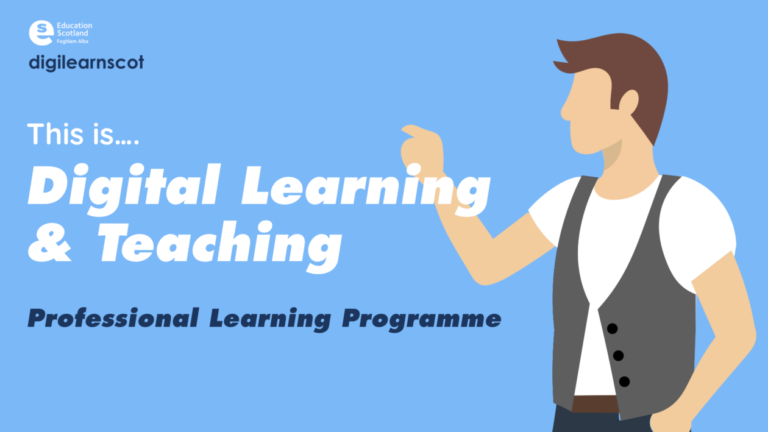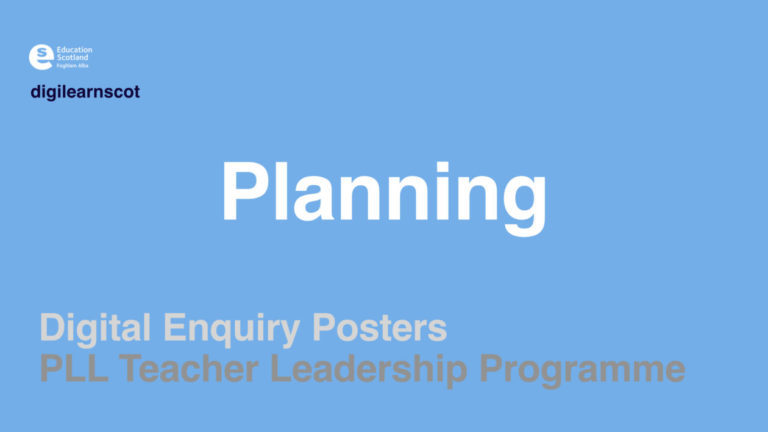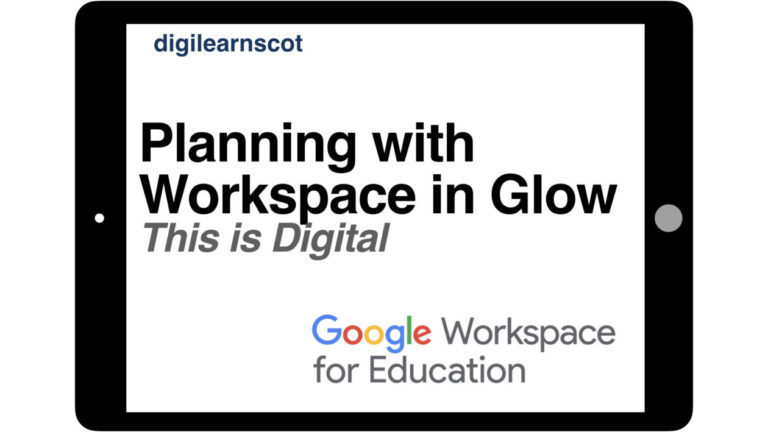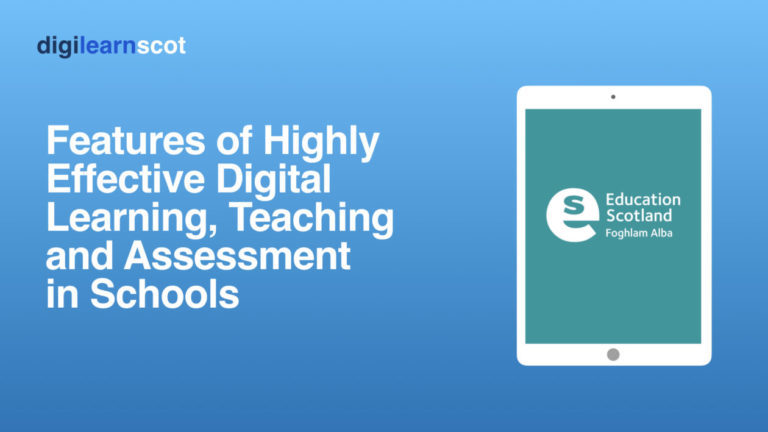Collaboration helps “build social capital among teachers and other educators improves student learning… it also improves the ability to initiate and implement change, as ideas spread and last beyond a few individual brainwaves.” – A. Hargreaves and M. T O’Connor
In the same paper they also state that “The strongest case for digital technology in education or life, however, is when it uniquely provides something of value that cannot be offered in any other way.”
We agree with both of these points – digital allows us to store, collaborate and publish documents instantly and across the world. Being able to share planning this way means that we can get, and share, new ideas from a much wider setting than ever before. So, how can we implement digital in our planning for better collaboration?






